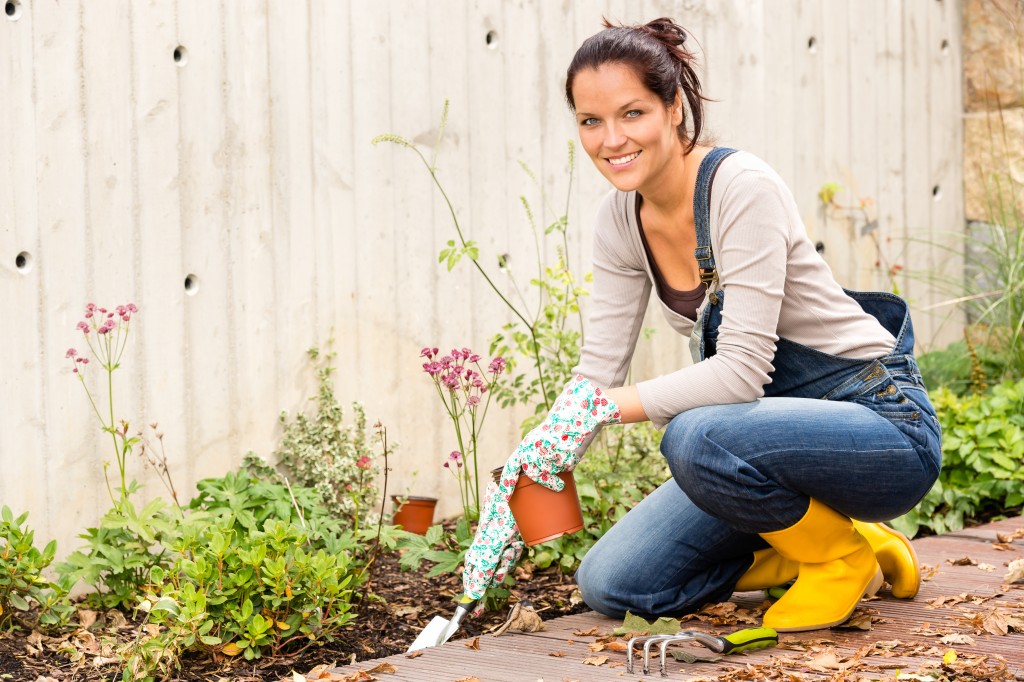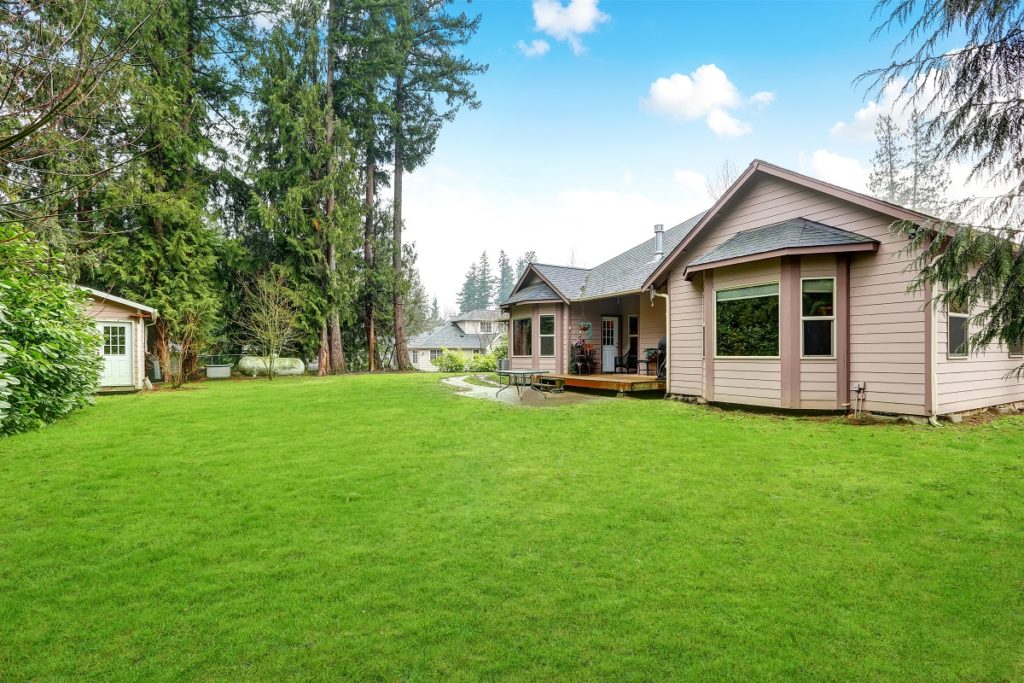The yard is one of the areas of your home that you’ll put a lot of attention to, especially if you have a green thumb or you plan to build a deck that will serve as an entertainment spot. However, as beautiful as your yard may be, safety hazards could be lying around in it, waiting to harm to your kids and/or pets.
Yard Safety Hazards
That said, let’s identify every potential hidden danger in a yard and the things we can do to reduce their risks of causing harm:
1. Pond or Pool
Today’s pre-made ponds fortunately already come with inner shelves, which little kids can use to climb out should they fall, but for small animals, the two-feet deep inner shelves may still be too much. And what if your pond isn’t built like such?
It is suggested that instead of building a pond or a pool, make it a fountain, instead. The water will be shallower, so little children and pets will have no problem climbing out of the water if they fall into it.
2. Window Well
If you have a basement, chances are you have a window well installed for drainage and other practical purposes. Though it’s just a shallow pit, a kid who falls in there may still sustain serious injuries, and a puppy or a small-breed dog may not be able to hoist themselves up. Therefore, install a durable steel window well cover on it, and have the fall hazard eliminated.
3. Water Features
Aside from being a drowning hazard, water features can also be a poison hazard to pets because of the chlorine you use to clean it. Hence, consider natural algae killers next time, or a UV light.
4. Fertilizers, Pesticides, and Other Chemicals
If you don’t like your produce laced with pesticides, why should you use it for your plants, then? According to the National Canine Cancer Foundation, one in every three dogs contracts cancer from pesticides and chemicals, so stop using them and shift to safe alternatives such as organic lawn foods.
As for fertilizers, be sure that you’re following the manufacturer’s instructions on using it, and let it sit for the recommended duration before letting your pets out to your yard again.
5. Compost
While it’s healthy for your soil, compost can be toxic for your pets, particularly coffee, moldy food, certain fruits and veggies, seeds, stems, and leaves. If you typically use those as compost, try to keep your pets indoors.
6. Mulch
Avoid cocoa mulch at all costs if you have a dog and/or a cat, as cocoa is known to be potentially lethal for them. Use a non-toxic mulch instead, like shredded pine or hemlock barks.
7. Garden Tools
Bored and curious kids who see your exposed tools may pick them up and play with them. Likewise, dogs may try to make them chew toys, so keep those away in secured storage.
8. Ladders
After finishing your periodic roof inspection, never forget to put away the ladder. It won’t only be for your kids’ safety, but for security reasons as well.
9. Grill
When in use, put it in a spot where your kids and pets can’t cross.
10. Plants

Lastly, your very garden itself may be your pet’s worst enemy. Beware of the potentially toxic plants you raise indoors as well! Poinsettias is one, as well as daffodils, lilies, hollies, and even Christmas trees.
Amaryllis, ivy, hyacinth, and tulips are some of the other toxic plants for dogs, while aloe, Adam-and-eve, and African wonder tree are a few ones toxic for cats. Do your research on the rest of the plants that are harmful to your pet’s health.
By knowing these potential yard safety hazards, you can start reducing them at once and make your place a real safe haven for your beloved kids and fur babies.

